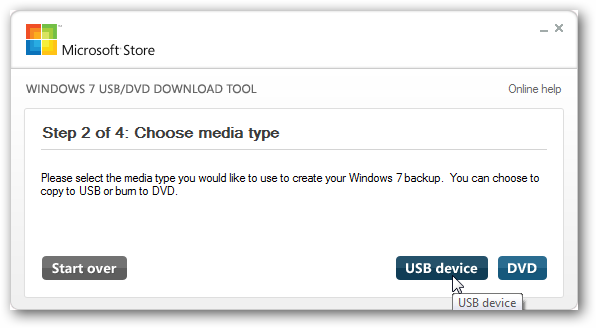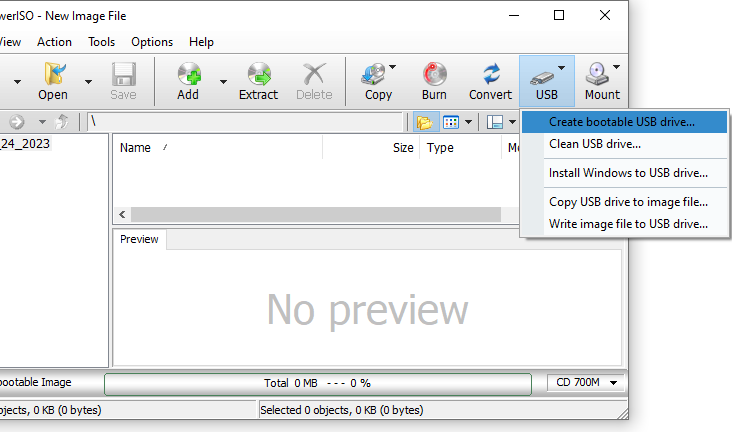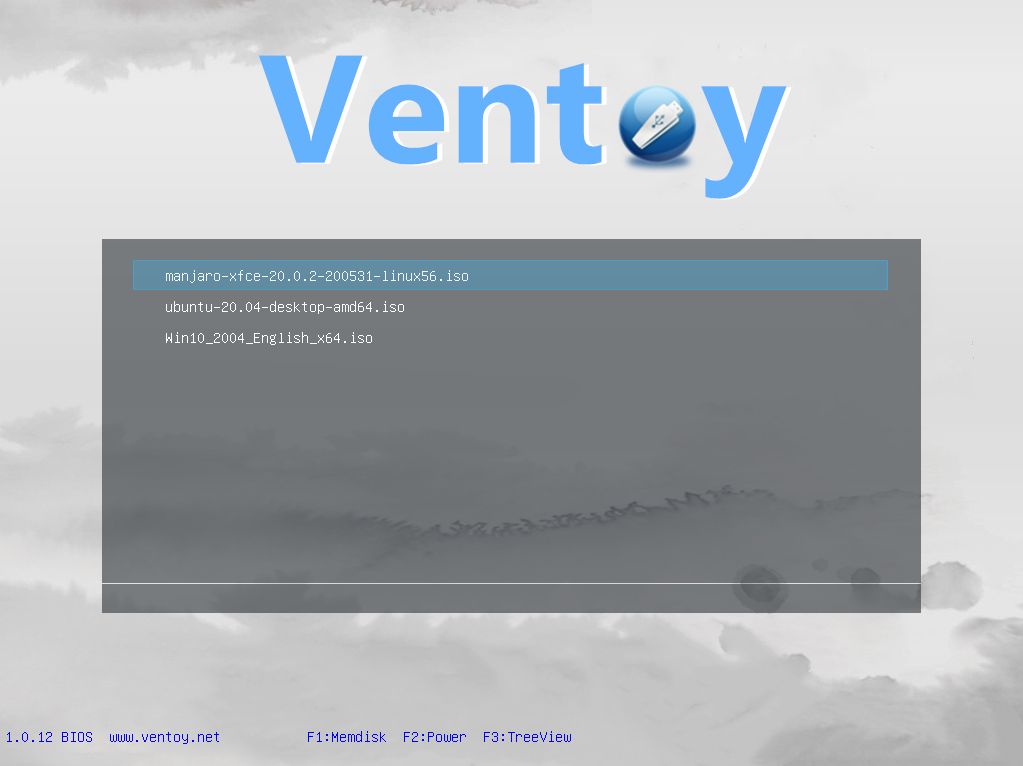

- Windows make a bootable usb from iso drivers#
- Windows make a bootable usb from iso update#
- Windows make a bootable usb from iso windows 10#
- Windows make a bootable usb from iso software#
If not, perhaps a previous version of ESXi may be a better fit or supplemental drivers may be needed to be included before your specific server will boot properly. In addition, before the ISO is downloaded from VMware, it is highly recommended that you peruse VMware's Compatibility Guide on its website, which allows users to verify that their hardware is supported by VMware and for use with its products. Note: If the USB will not boot on your server, ensure that the USB boot functionality is enabled in the BIOS or UEFI listing. Once the process is complete, your USB-based VMware ESXi installation media will be created and ready to boot the hypervisor setup on your server. If this occurs, click Yes to automatically download the newest compatible version from the internet.
Windows make a bootable usb from iso update#
During this process, you may be prompted to update the menu.c32 file, as the one used by the ISO image may be older than the one used by Rufus on the flash drive. The transfer process will vary depending on the specifications of your workstation, but typically it should be completed within several minutes.


Please note that any data on the drive will be erased ( Figure D). Figure Cįinally, click on the Start button to begin the process of formatting and partitioning the UFD and extracting the contents of the ISO to your USB drive. Skip down to the CD icon and click on it to select the previously downloaded VMware ESXi ISO image ( Figure C). In the next section, Partition Scheme, select MBR Partition Scheme For BIOS Or UEFI from the dropdown menu ( Figure B). Verify that under Device, the UFD is listed ( Figure A). Start by inserting your UFD into the Windows computer and launching Rufus. SEE: VMware vSphere: The smart person's guide (TechRepublic) Creating the USB installer
Windows make a bootable usb from iso software#
With regard to consolidating servers by virtualizing them, the industry standard is VMware, with its extensive software and support offerings for businesses of all sizes. Windows 11: Tips on installation, security and more (free PDF).
Windows make a bootable usb from iso windows 10#


 0 kommentar(er)
0 kommentar(er)
